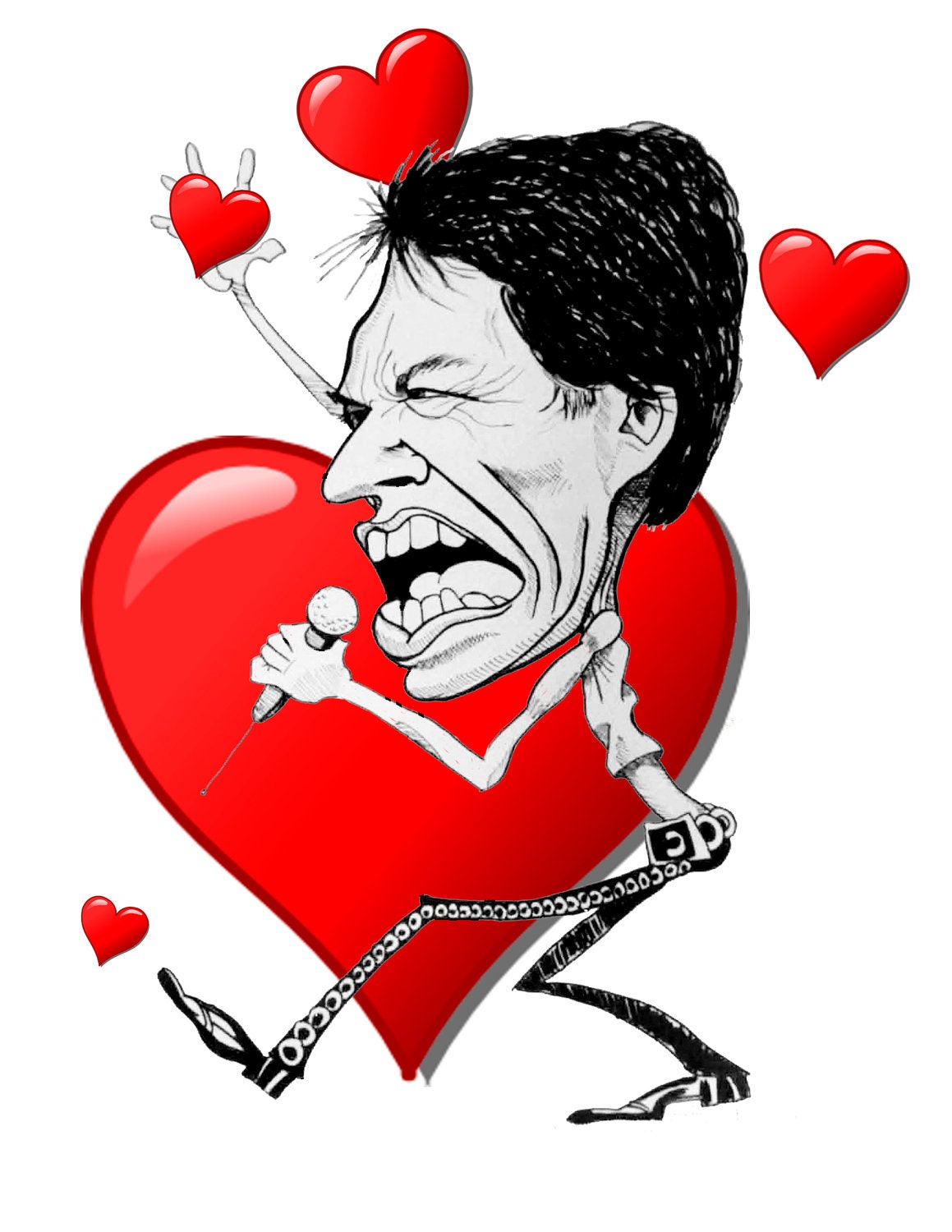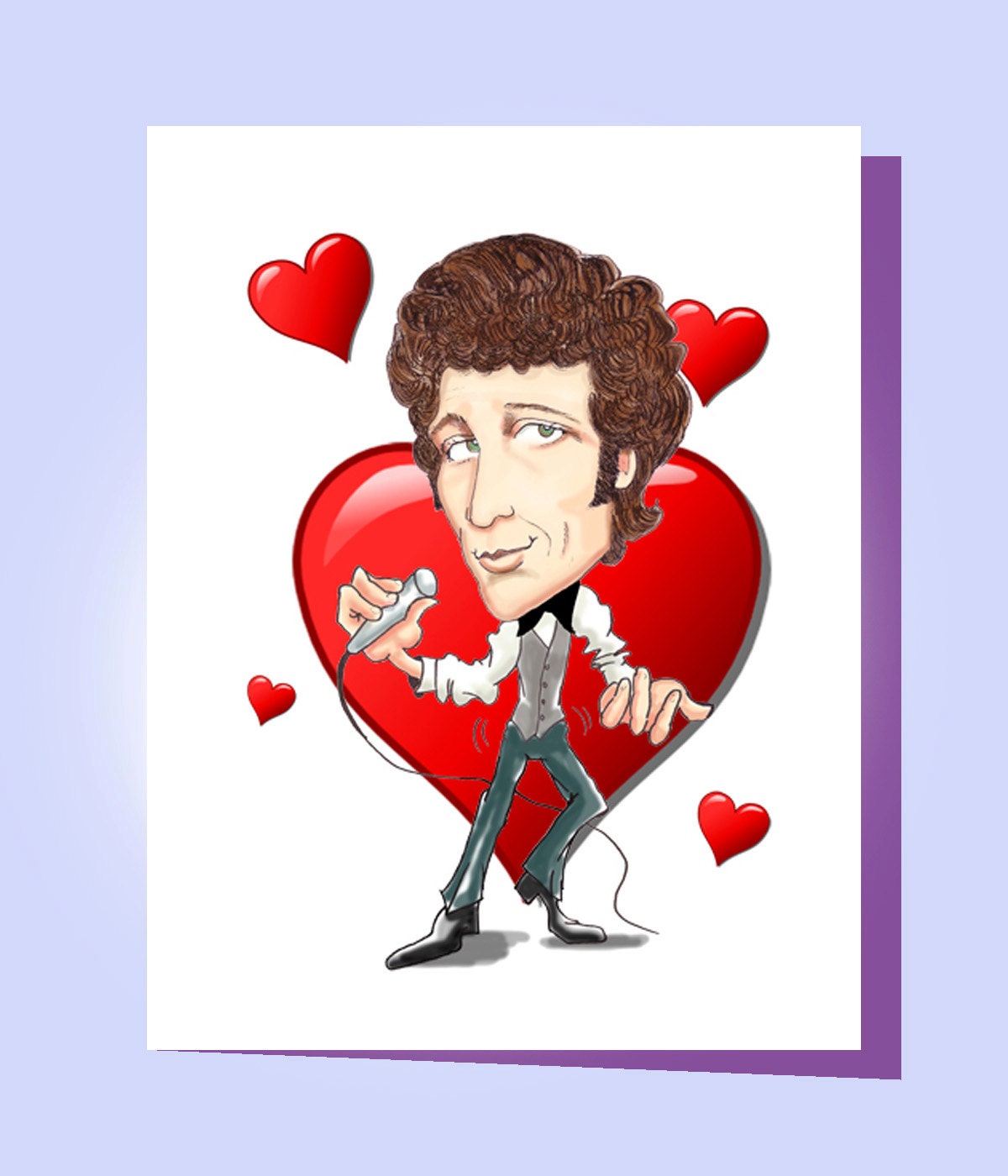Funny Love Cards Definition
Source(Google.com.pk)
The pliability of this word results in many problems, both in scholarship and in real life.
For this reason I propose a concept of love that is bio-social-psychological: genuine love, in its non-erotic form, has a physical basis in attachment, and a social psychological basis in attunement (shared awareness and identity). Romantic love involves a second physical basis: (sexual) attraction. Each of these forms in itself can involve very intense feelings. Combinations of two or three forms can lead to overwhelming feelings. Non-erotic love is intense because it conjoins attachment emotions and genuine pride. The added experience of sexual desire in erotic love means a powerful confluence of three feelings, each intense alone.
These three affects and their various combinations form different types of what is called “love.” According to the new definition, only four of these are genuine love; mutual and one-way non-erotic love, and mutual and one-way erotic love. The other single affects and their combinations are look-alikes that would be better understood as different kinds of psuedo-love. One of the central themes of this book is the many kinds of psuedo-love may function to cover up the intense pain of separation in modern societies. This seems to be a new idea; I know of no earlier formulation of this proposal.
I begin with vernacular meanings of love. If love is defined so broadly in modern societies as to be virtually meaningless, how can we rescue its meaning? This book seeks a conceptual definition, one that ultimately might be helpful not only in scholarly research, but also in real life.
Investigating the emotional/relational world is a deeply subversive activity. As the study proceeds, it should be clear that it challenges many of the assumptions that are taken for granted in everyday life. As we go about our daily activities, we have neither the interest nor the resources to investigate the thousand of assumptions that we make, and to a large extent, share with other members of our society, about ourselves and the world. Just getting our activities completed is usually quite enough of a challenge.
Only eccentrics, artists or scientists have the time and inclination to challenge everyday assumptions. Erving Goffman’s work seems to partake of all three of these worlds: eccentricity, art and science. One of the most common criticisms of his writing is that it is bitter, cynical, or sour. The charges, for the most part, arise out of his challenge to our taken-for-granted assumptions. Any objective investigation of the emotional/relational world is sure to challenge major institutions; not only the political and economic ones, but also those dealing with family, education, and religion. This book may pose such a challenge.
This chapter spells out a concept of love that distinguishes between genuine love and its look-alikes. For example, pop songs that are about heartbreak virtually always suggest lost attachment. Many, however, in attempting to explain the break-up, also suggest lack of attunement. Lyrics that center on infatuation, on the other hand, usually suggest either attachment or sexual attraction, or both, but rarely refer to attunement in any way. Pop songs about romance always invoke at least one of the three a’s. Some invoke two, but rarely all three. Genuine love, in the sense it is defined here, is seldom found in pop love lyrics. Like current usage, these songs define love only vaguely, and very broadly.
One of the central ideas in this book is the massive individualism that is taken for granted in Western societies. Our “commonsense,” the shared understandings we have in these societies, tells us that individuals are good, they are connected to freedom, and relationships are bad, they are associated with restraint. A less celebrated set of assumptions concerns which emotions are good and which are bad.
In this chapter, I suggest that the emotion of love is seen as good, and is used, therefore, as often as possible. This assumption is groundless, of course, since love in itself is neither good nor bad, or better yet, both good and bad. Love can be experienced in different modes, some very painful. Increasing our understanding of love, step by step, challenges the major institutions in our society.
Current Usage
One obvious cause for confusion is the many ways this word is used in Western societies. According to Harold Bloom (1998 p. 549), Aldous Huxley suggested “we use the word love for the most amazing variety of relationships, ranging from what we feel for our mothers to what we feel for someone we beat up in a bordello, or its many equivalents. [1]"
The comment about beating someone up because we love them is probably not an exaggeration. A recent set of experiments suggests that subjects’ condemnation of murder is softened if they are told that it was committed out of jealousy (Peunte and Cohen 2003). These subjects seem to entertain the idea that one can love someone so much that one murders them.
Solomon (1981, pp. 3-4) elaborates on the vagueness and broadness of the vernacular word:
Consider… the wealth of meticulous and fine distinctions we make in describing our feelings of hostil¬ity: hatred, loathing, scorn, anger, revulsion, resentment, envy, abhorrence, malice, aversion, vexation, irritation, annoyance, disgust, spite and contempt, or worse, "beneath" contempt. And yet we sort out our positive affections for the most part between the two limp categories, "liking" and "loving." We distinguish our friends from mere acquaintances and make a ready distinction between lovers and friends whom we love "but not that way." Still, one and the same word serves to describe our enthusiasm for apple strudel, respect for a dis¬tant father, the anguish of an uncertain romantic affair and nostalgic affection for an old pair of slippers…
Solomon (1981, p. 7) goes on to quote Voltaire: “There are so many sorts of love that one does not know where to seek a definition of it.” In modern societies, the careless use of the word love tends to defend us against the primitive pain of separation and alienation. The broad use of the word love may defend against the excruciatingly painful loss of true intimacy and community in modern societies.
For this reason I propose a concept of love that is bio-social-psychological: genuine love, in its non-erotic form, has a physical basis in attachment, and a social psychological basis in attunement (shared awareness and identity). Romantic love involves a second physical basis: (sexual) attraction. Each of these forms in itself can involve very intense feelings. Combinations of two or three forms can lead to overwhelming feelings. Non-erotic love is intense because it conjoins attachment emotions and genuine pride. The added experience of sexual desire in erotic love means a powerful confluence of three feelings, each intense alone.
These three affects and their various combinations form different types of what is called “love.” According to the new definition, only four of these are genuine love; mutual and one-way non-erotic love, and mutual and one-way erotic love. The other single affects and their combinations are look-alikes that would be better understood as different kinds of psuedo-love. One of the central themes of this book is the many kinds of psuedo-love may function to cover up the intense pain of separation in modern societies. This seems to be a new idea; I know of no earlier formulation of this proposal.
I begin with vernacular meanings of love. If love is defined so broadly in modern societies as to be virtually meaningless, how can we rescue its meaning? This book seeks a conceptual definition, one that ultimately might be helpful not only in scholarly research, but also in real life.
Investigating the emotional/relational world is a deeply subversive activity. As the study proceeds, it should be clear that it challenges many of the assumptions that are taken for granted in everyday life. As we go about our daily activities, we have neither the interest nor the resources to investigate the thousand of assumptions that we make, and to a large extent, share with other members of our society, about ourselves and the world. Just getting our activities completed is usually quite enough of a challenge.
Only eccentrics, artists or scientists have the time and inclination to challenge everyday assumptions. Erving Goffman’s work seems to partake of all three of these worlds: eccentricity, art and science. One of the most common criticisms of his writing is that it is bitter, cynical, or sour. The charges, for the most part, arise out of his challenge to our taken-for-granted assumptions. Any objective investigation of the emotional/relational world is sure to challenge major institutions; not only the political and economic ones, but also those dealing with family, education, and religion. This book may pose such a challenge.
This chapter spells out a concept of love that distinguishes between genuine love and its look-alikes. For example, pop songs that are about heartbreak virtually always suggest lost attachment. Many, however, in attempting to explain the break-up, also suggest lack of attunement. Lyrics that center on infatuation, on the other hand, usually suggest either attachment or sexual attraction, or both, but rarely refer to attunement in any way. Pop songs about romance always invoke at least one of the three a’s. Some invoke two, but rarely all three. Genuine love, in the sense it is defined here, is seldom found in pop love lyrics. Like current usage, these songs define love only vaguely, and very broadly.
One of the central ideas in this book is the massive individualism that is taken for granted in Western societies. Our “commonsense,” the shared understandings we have in these societies, tells us that individuals are good, they are connected to freedom, and relationships are bad, they are associated with restraint. A less celebrated set of assumptions concerns which emotions are good and which are bad.
In this chapter, I suggest that the emotion of love is seen as good, and is used, therefore, as often as possible. This assumption is groundless, of course, since love in itself is neither good nor bad, or better yet, both good and bad. Love can be experienced in different modes, some very painful. Increasing our understanding of love, step by step, challenges the major institutions in our society.
Current Usage
One obvious cause for confusion is the many ways this word is used in Western societies. According to Harold Bloom (1998 p. 549), Aldous Huxley suggested “we use the word love for the most amazing variety of relationships, ranging from what we feel for our mothers to what we feel for someone we beat up in a bordello, or its many equivalents. [1]"
The comment about beating someone up because we love them is probably not an exaggeration. A recent set of experiments suggests that subjects’ condemnation of murder is softened if they are told that it was committed out of jealousy (Peunte and Cohen 2003). These subjects seem to entertain the idea that one can love someone so much that one murders them.
Solomon (1981, pp. 3-4) elaborates on the vagueness and broadness of the vernacular word:
Consider… the wealth of meticulous and fine distinctions we make in describing our feelings of hostil¬ity: hatred, loathing, scorn, anger, revulsion, resentment, envy, abhorrence, malice, aversion, vexation, irritation, annoyance, disgust, spite and contempt, or worse, "beneath" contempt. And yet we sort out our positive affections for the most part between the two limp categories, "liking" and "loving." We distinguish our friends from mere acquaintances and make a ready distinction between lovers and friends whom we love "but not that way." Still, one and the same word serves to describe our enthusiasm for apple strudel, respect for a dis¬tant father, the anguish of an uncertain romantic affair and nostalgic affection for an old pair of slippers…
Solomon (1981, p. 7) goes on to quote Voltaire: “There are so many sorts of love that one does not know where to seek a definition of it.” In modern societies, the careless use of the word love tends to defend us against the primitive pain of separation and alienation. The broad use of the word love may defend against the excruciatingly painful loss of true intimacy and community in modern societies.
Funny Love Cards Photos Pictures Pics Images 2013

Funny Love Cards Photos Pictures Pics Images 2013

Funny Love Cards Photos Pictures Pics Images 2013

Funny Love Cards Photos Pictures Pics Images 2013

Funny Love Cards Photos Pictures Pics Images 2013

Funny Love Cards Photos Pictures Pics Images 2013

Funny Love Cards Photos Pictures Pics Images 2013

Funny Love Cards Photos Pictures Pics Images 2013

Funny Love Cards Photos Pictures Pics Images 2013

Funny Love Cards Photos Pictures Pics Images 2013

No comments:
Post a Comment